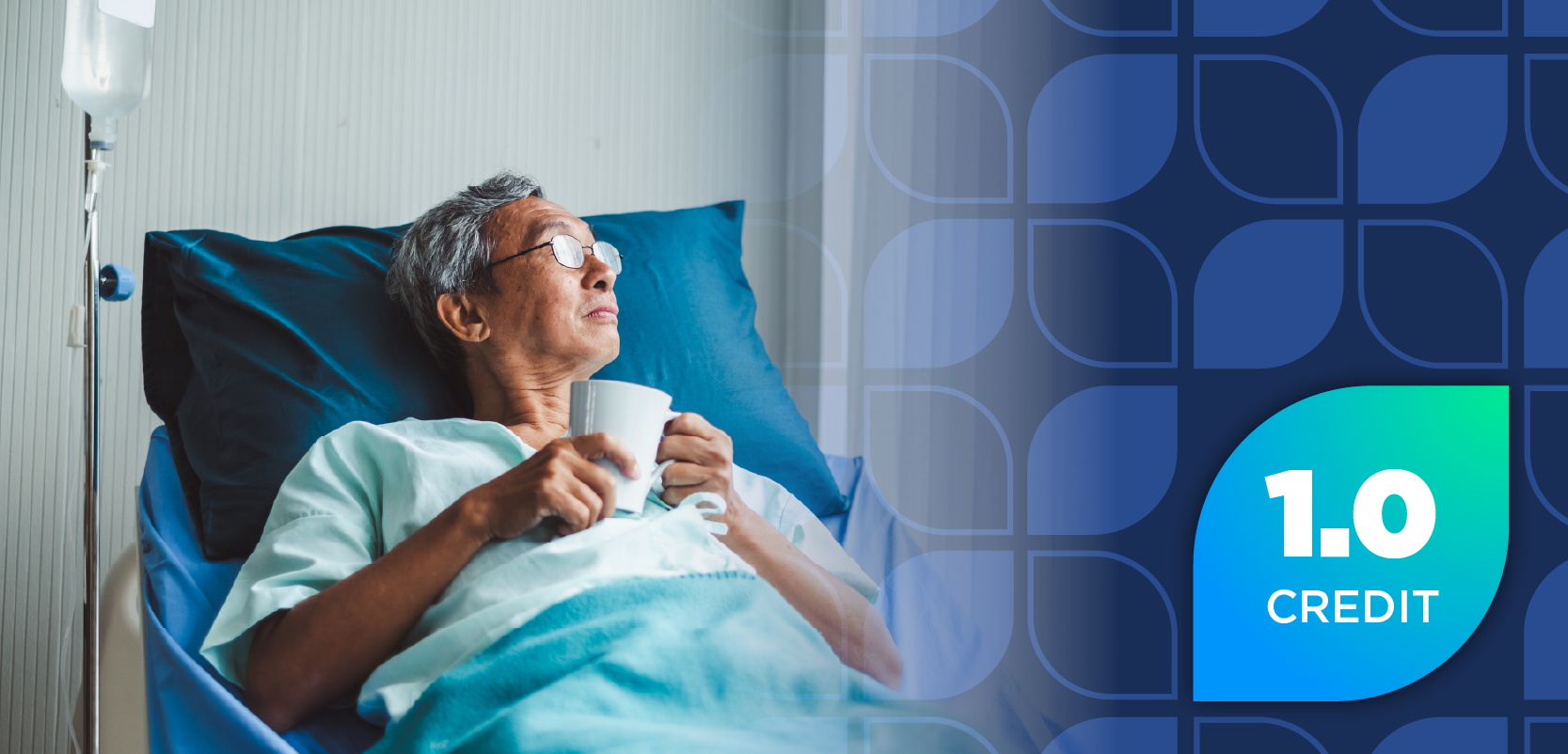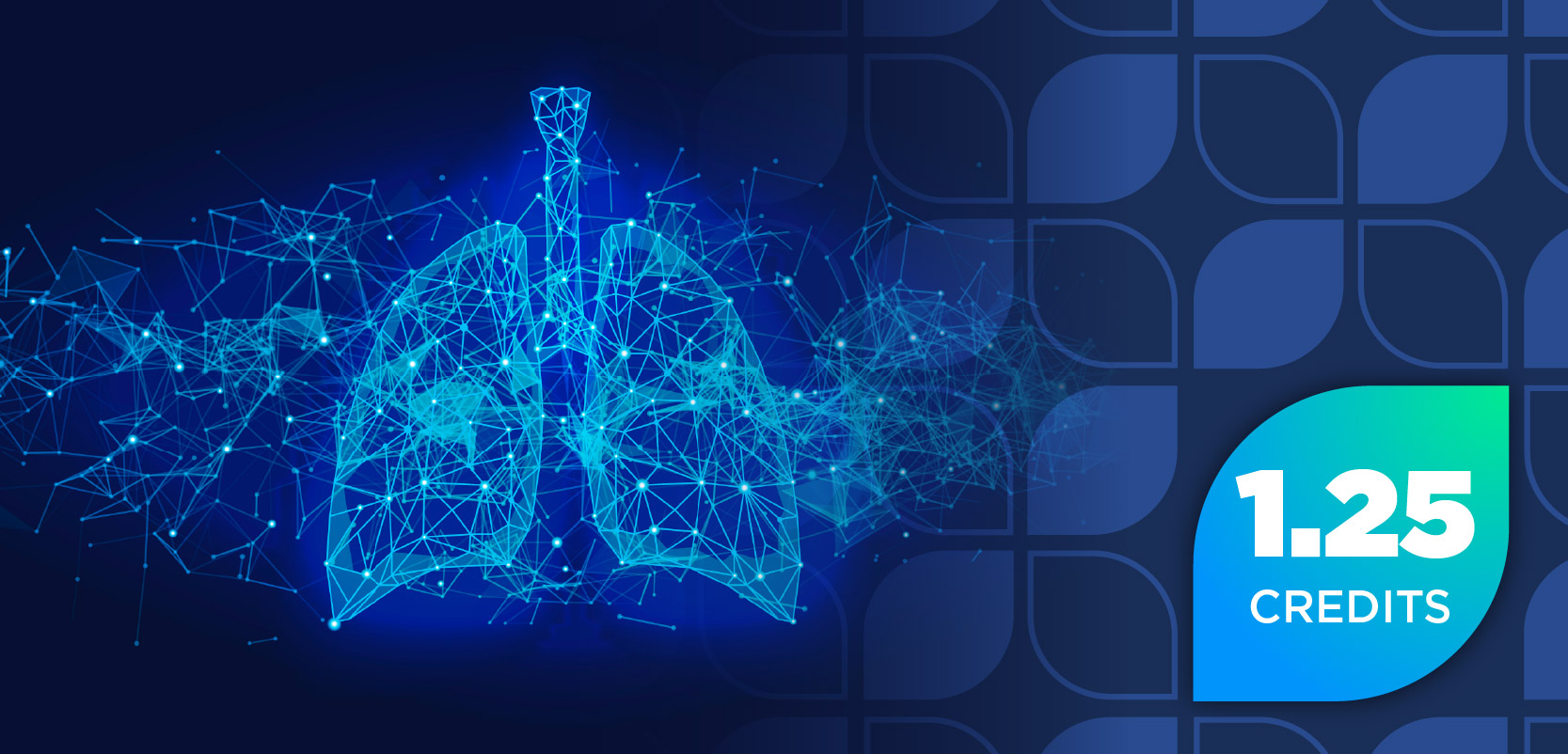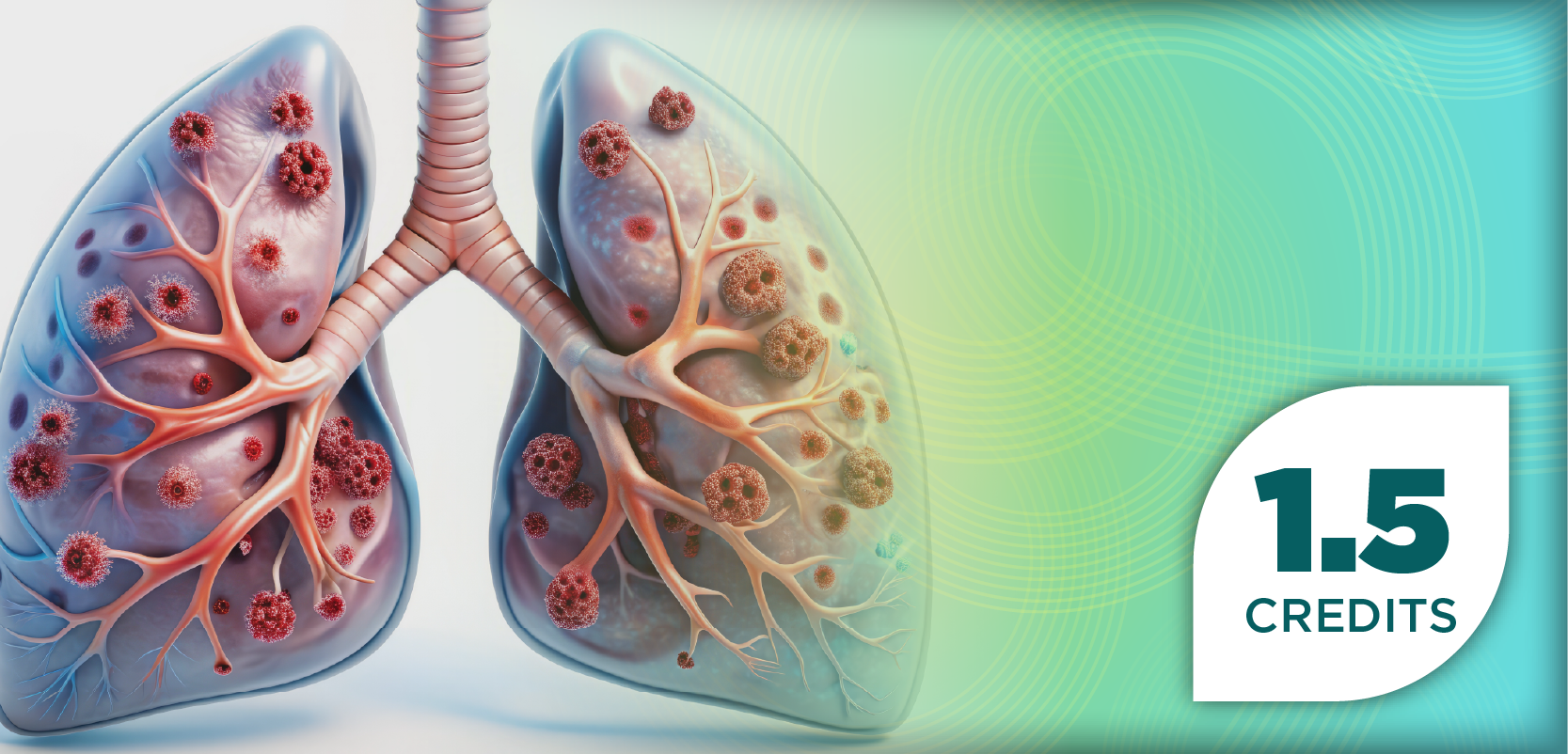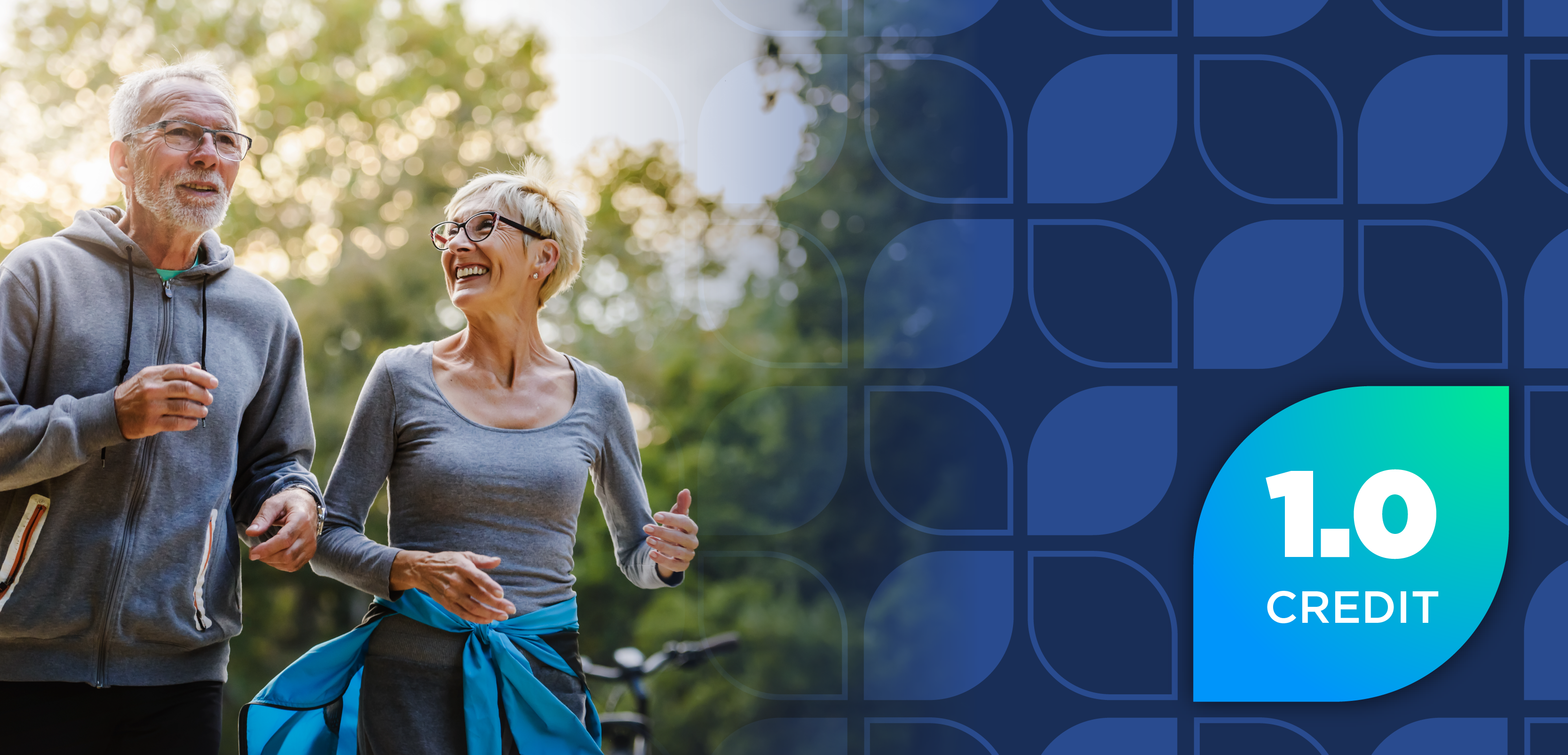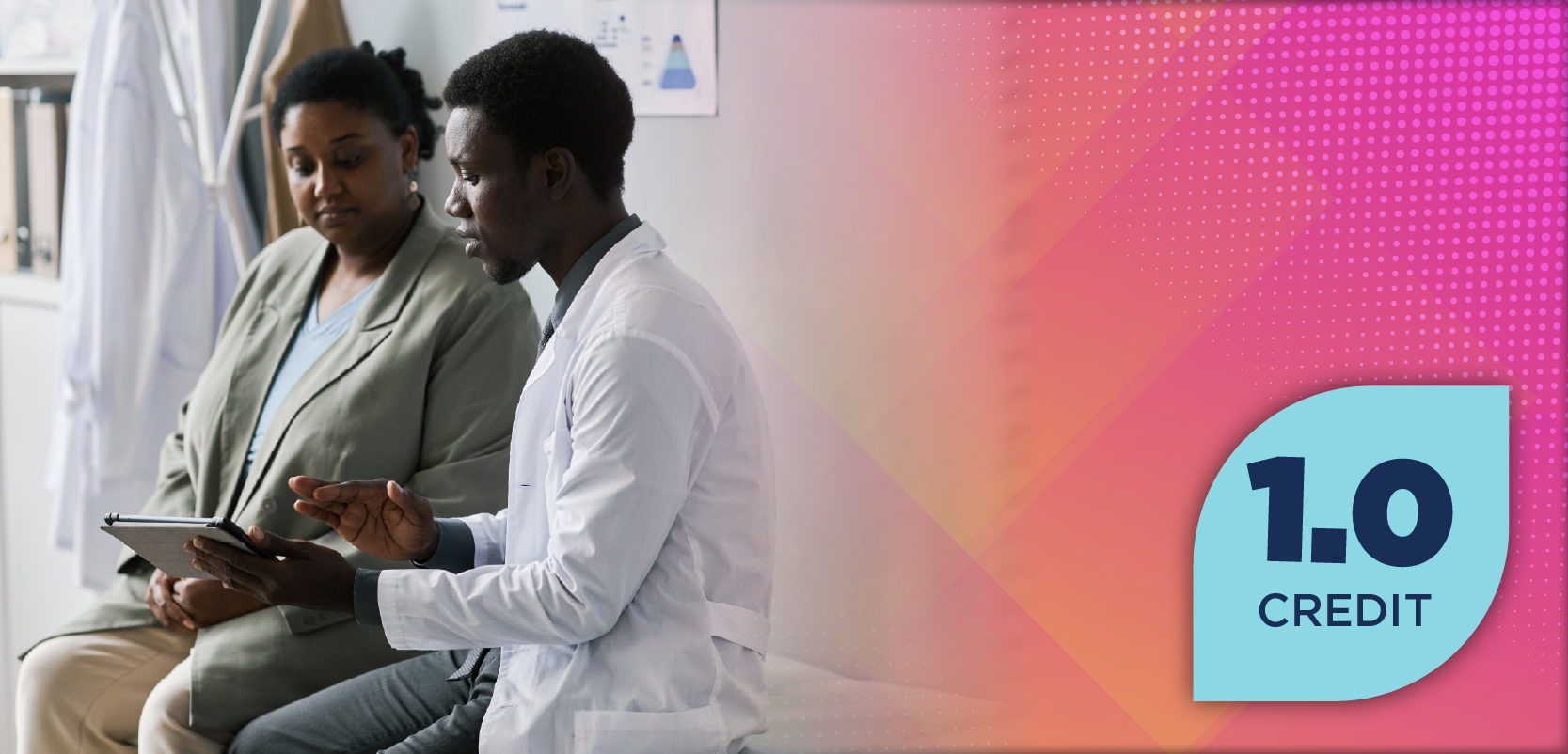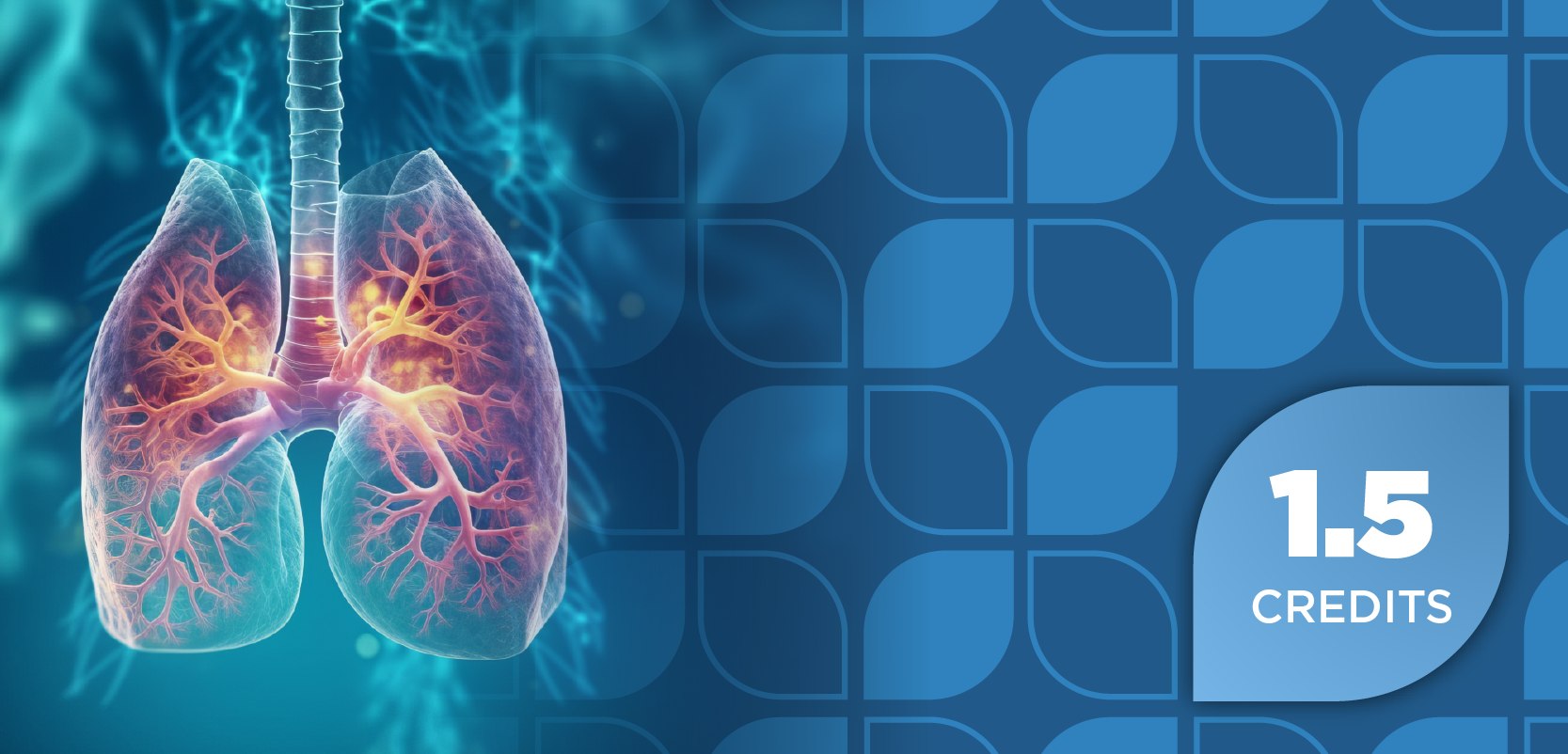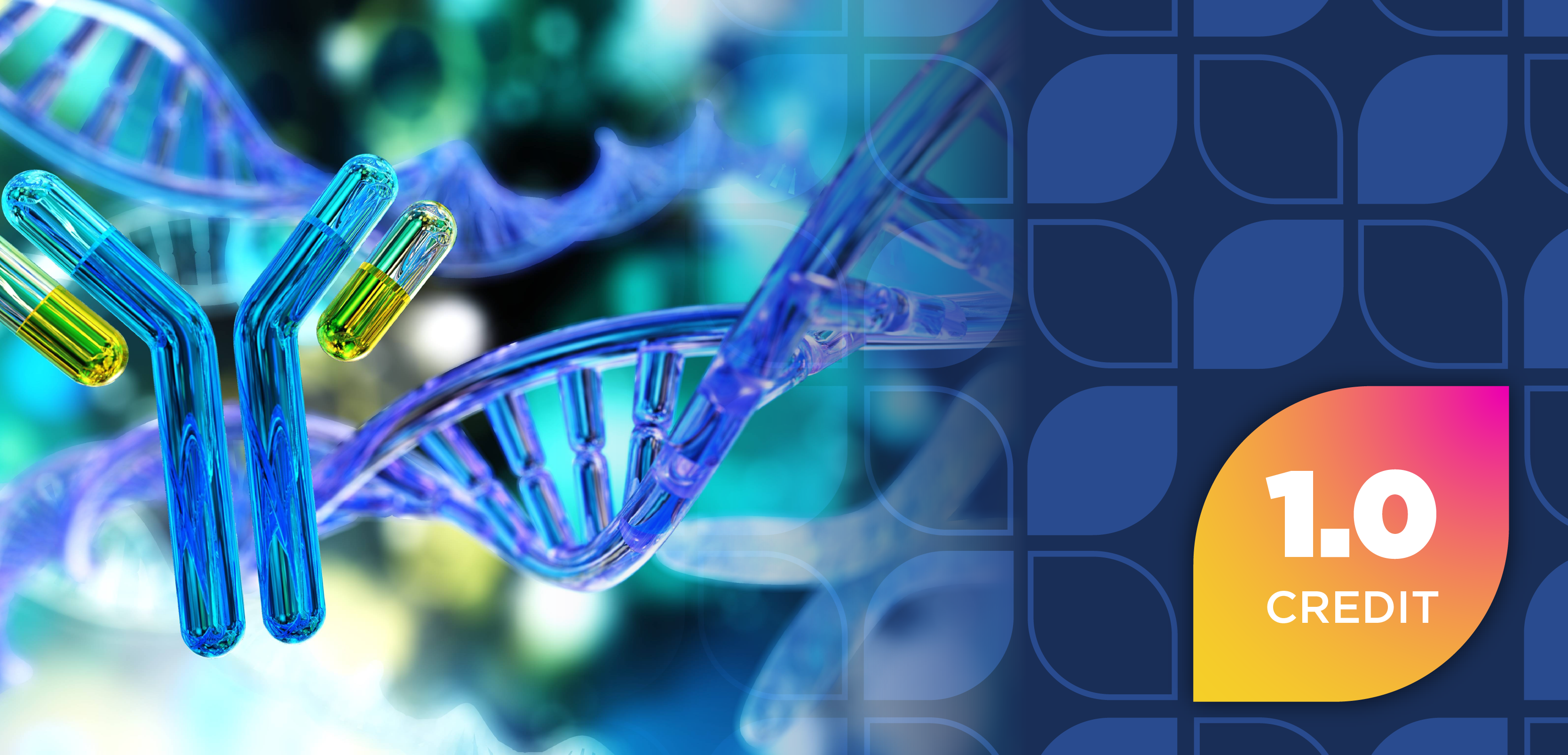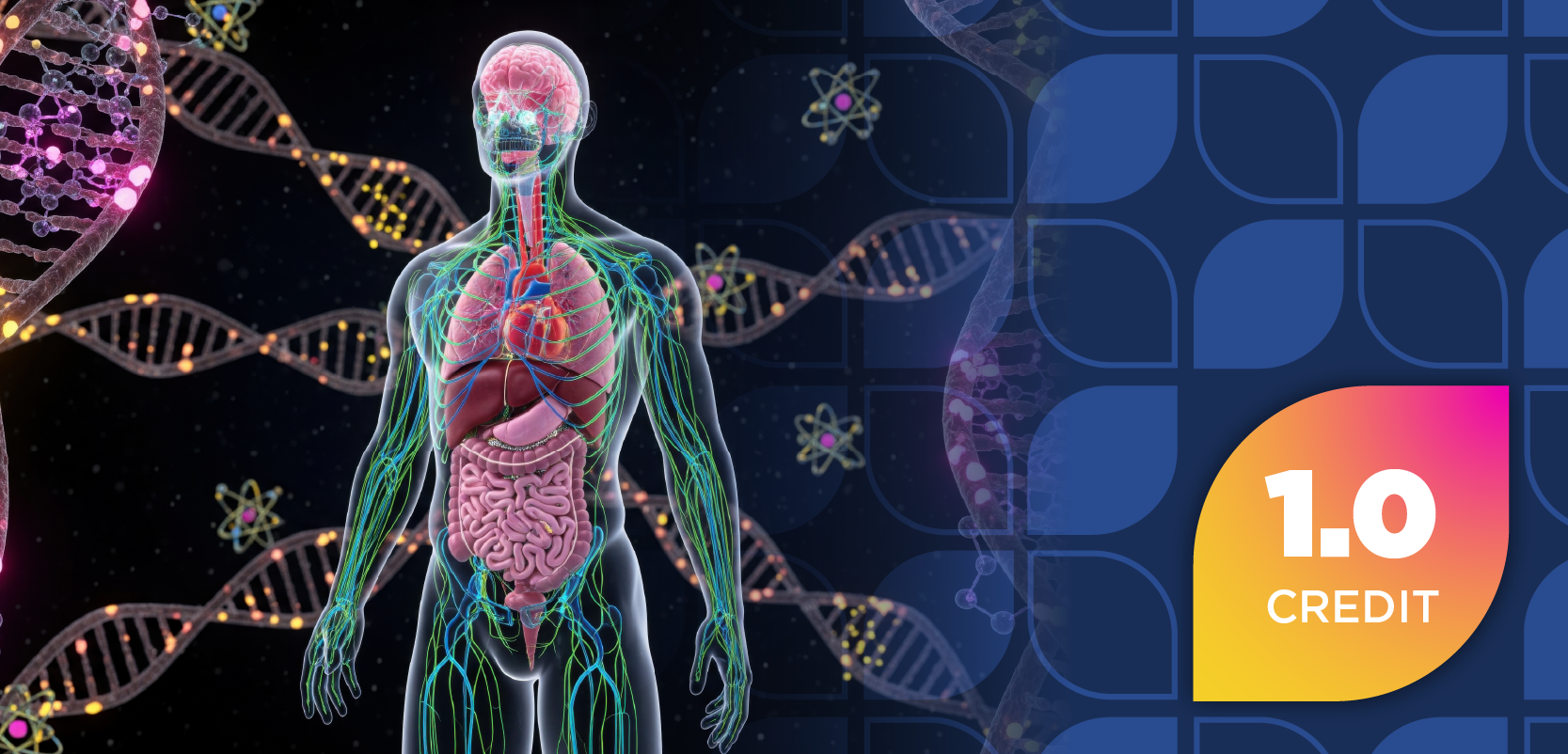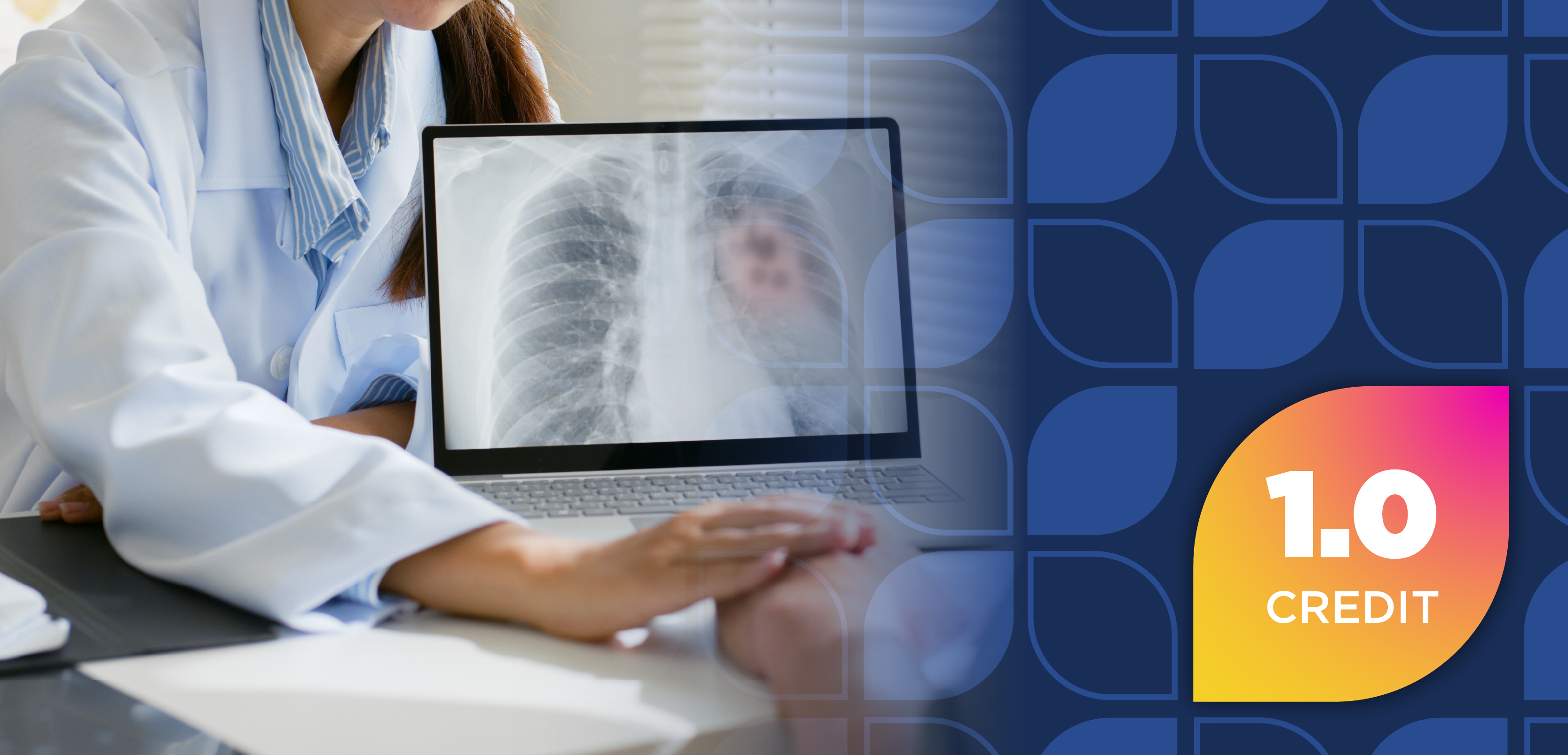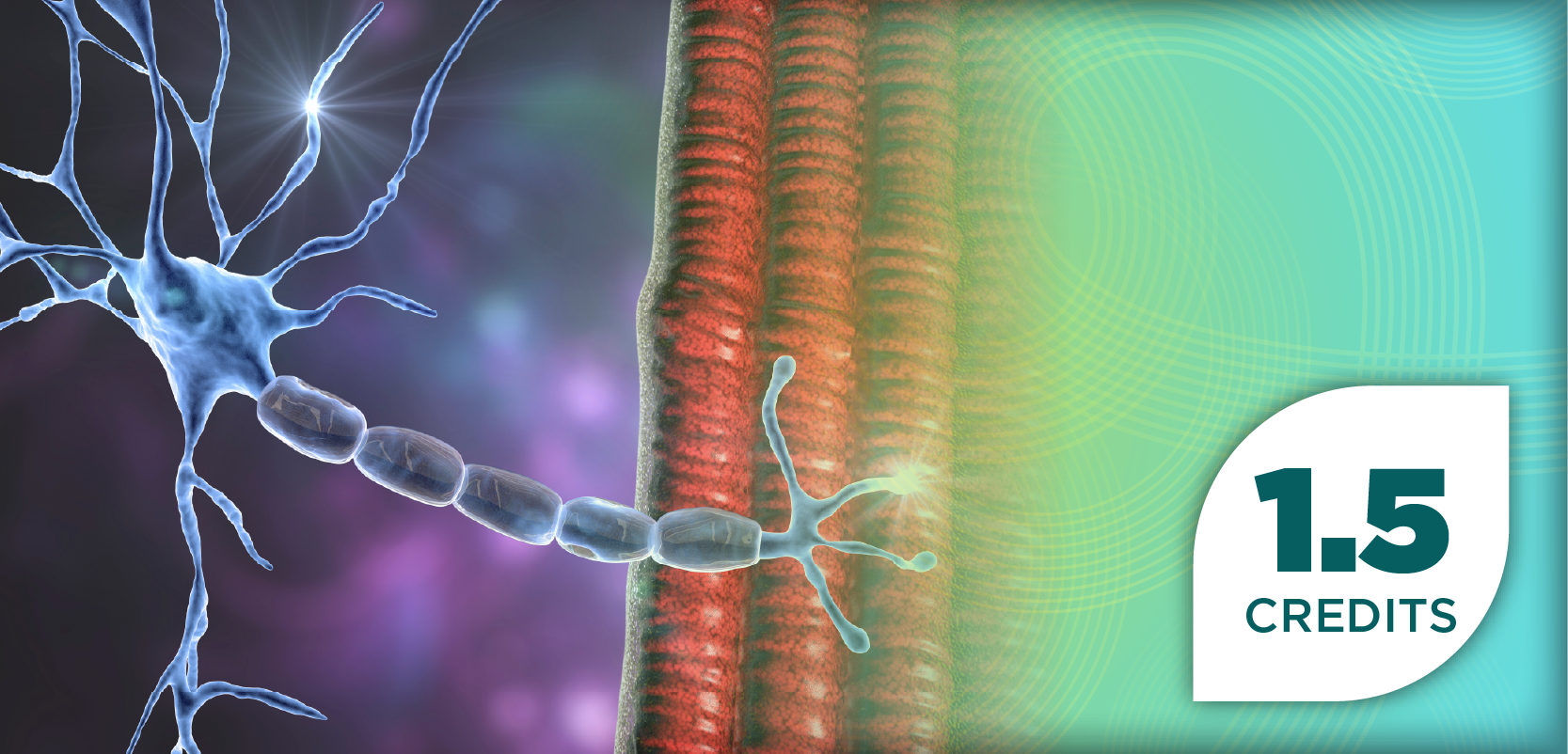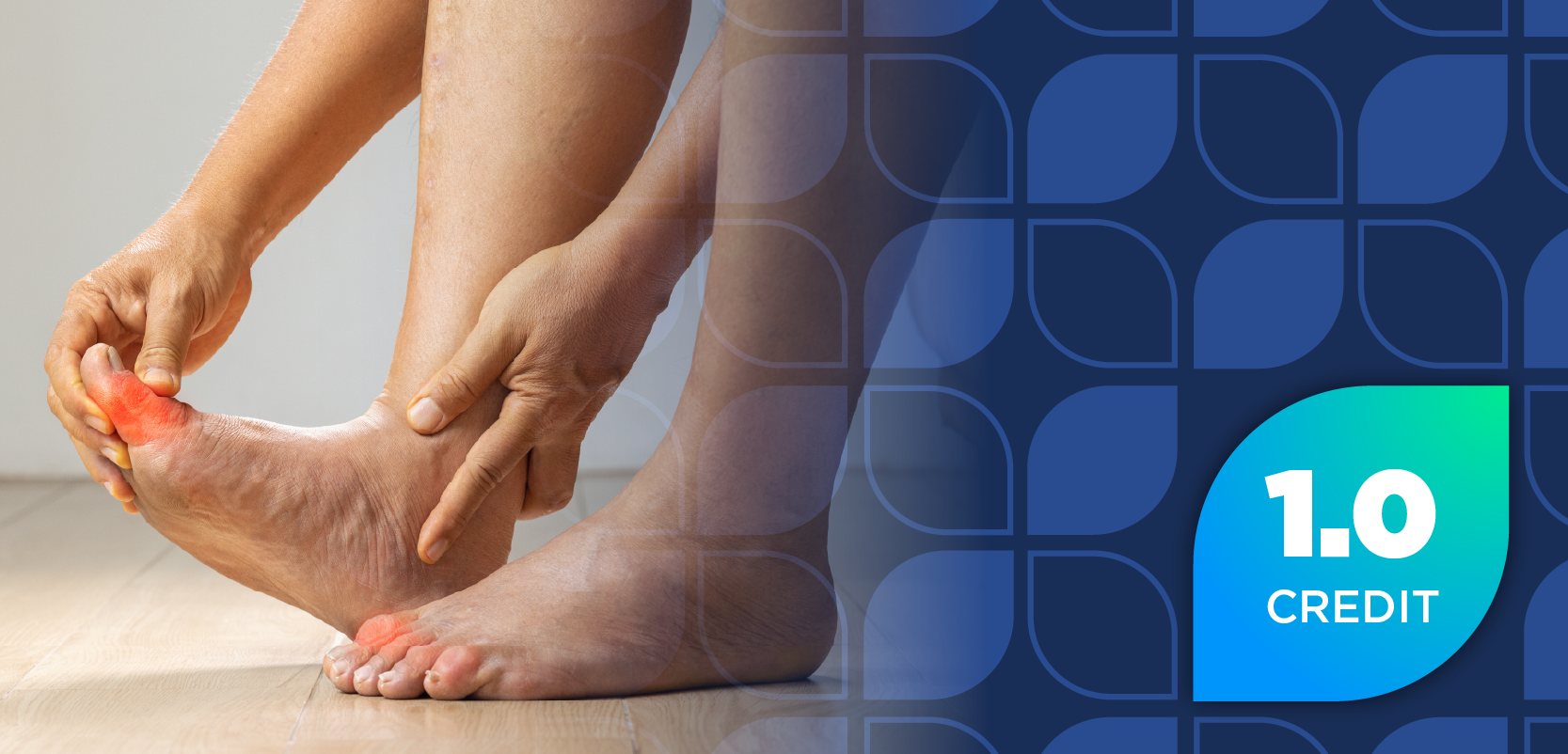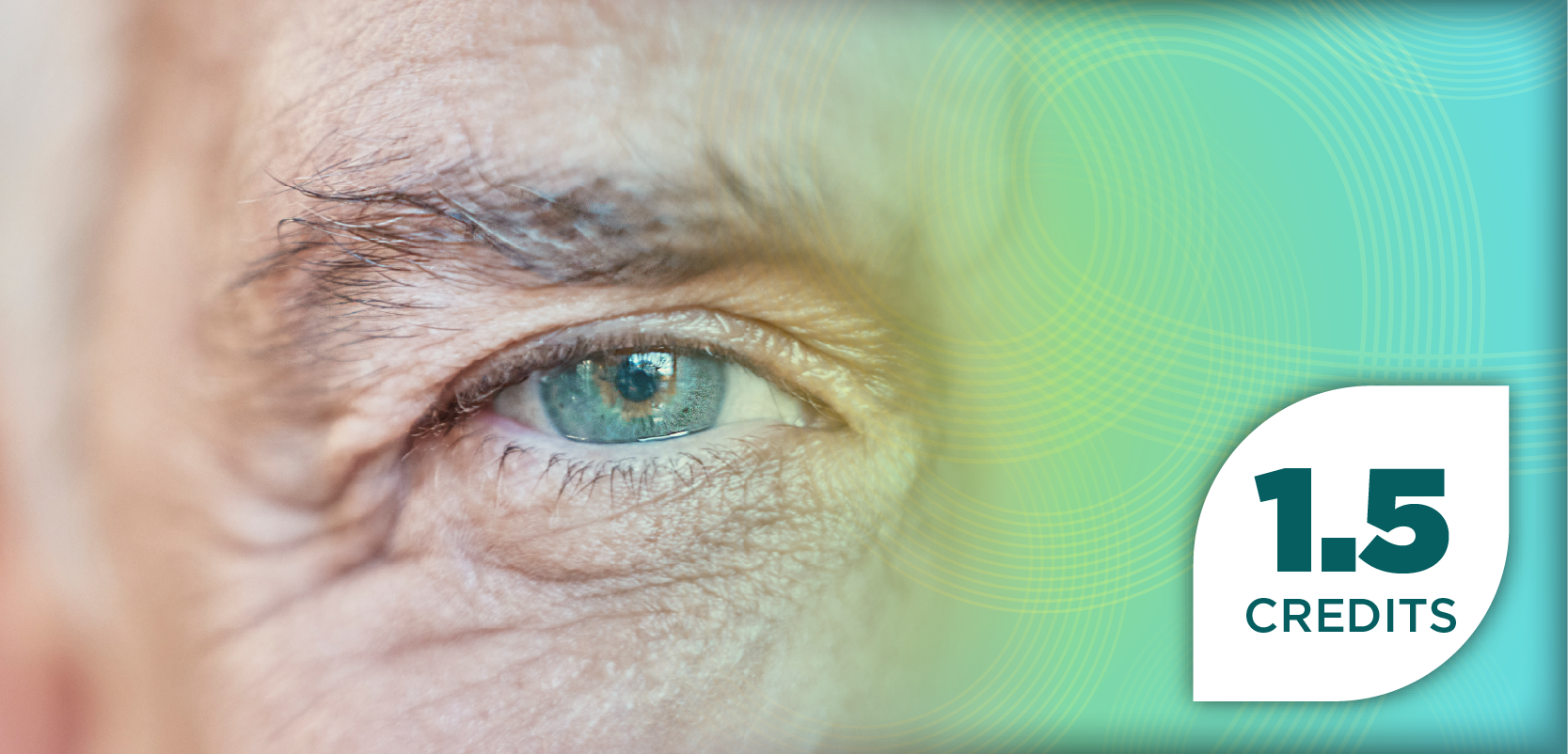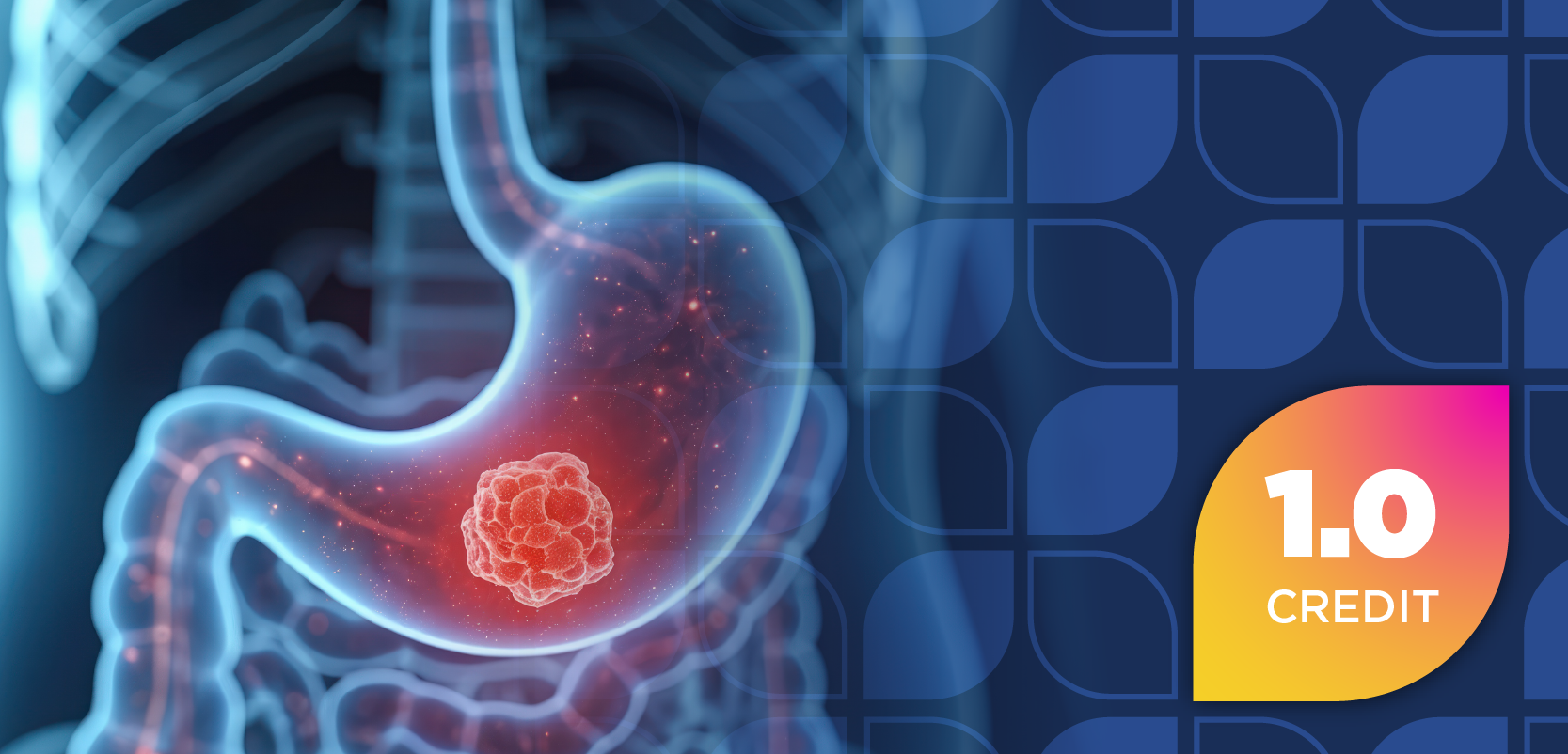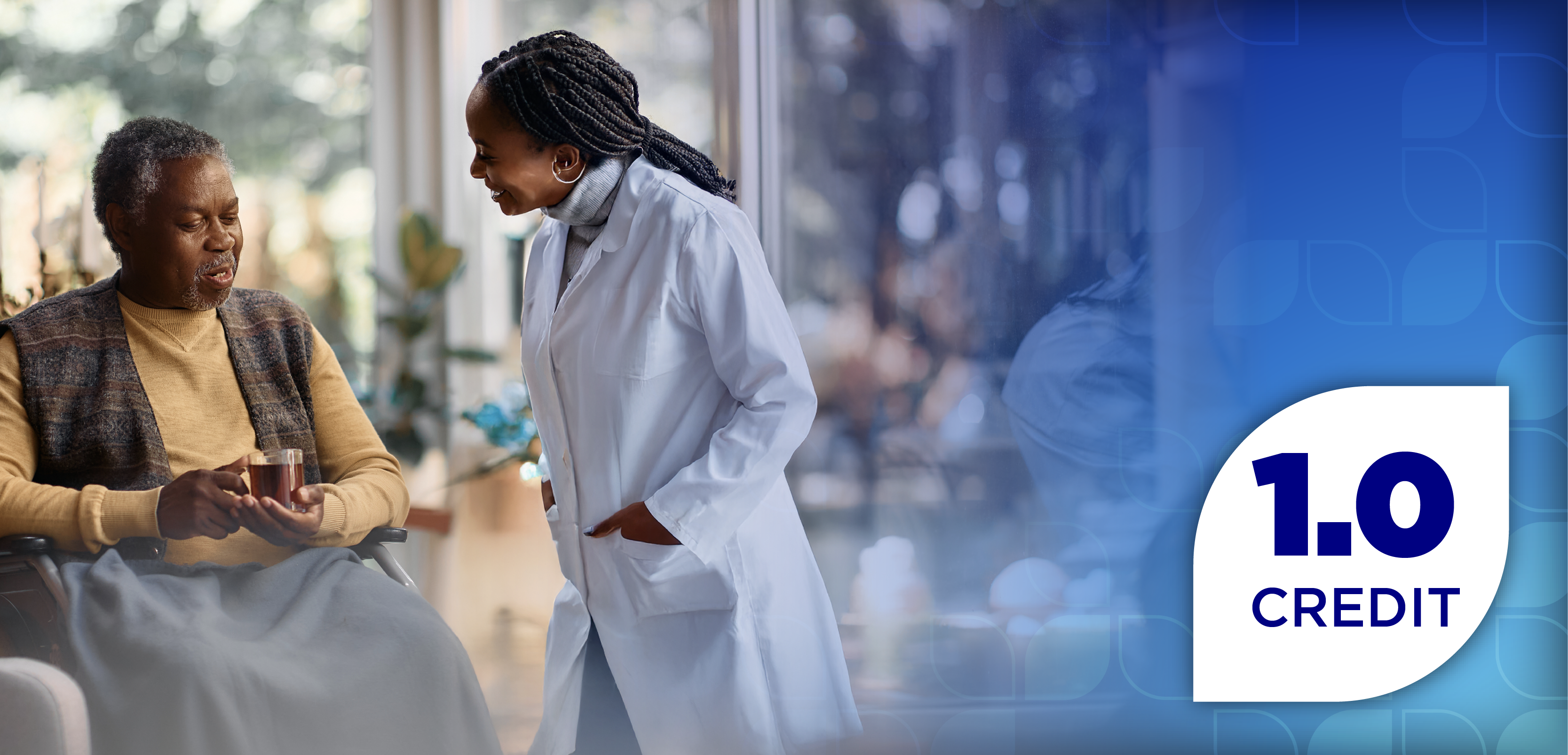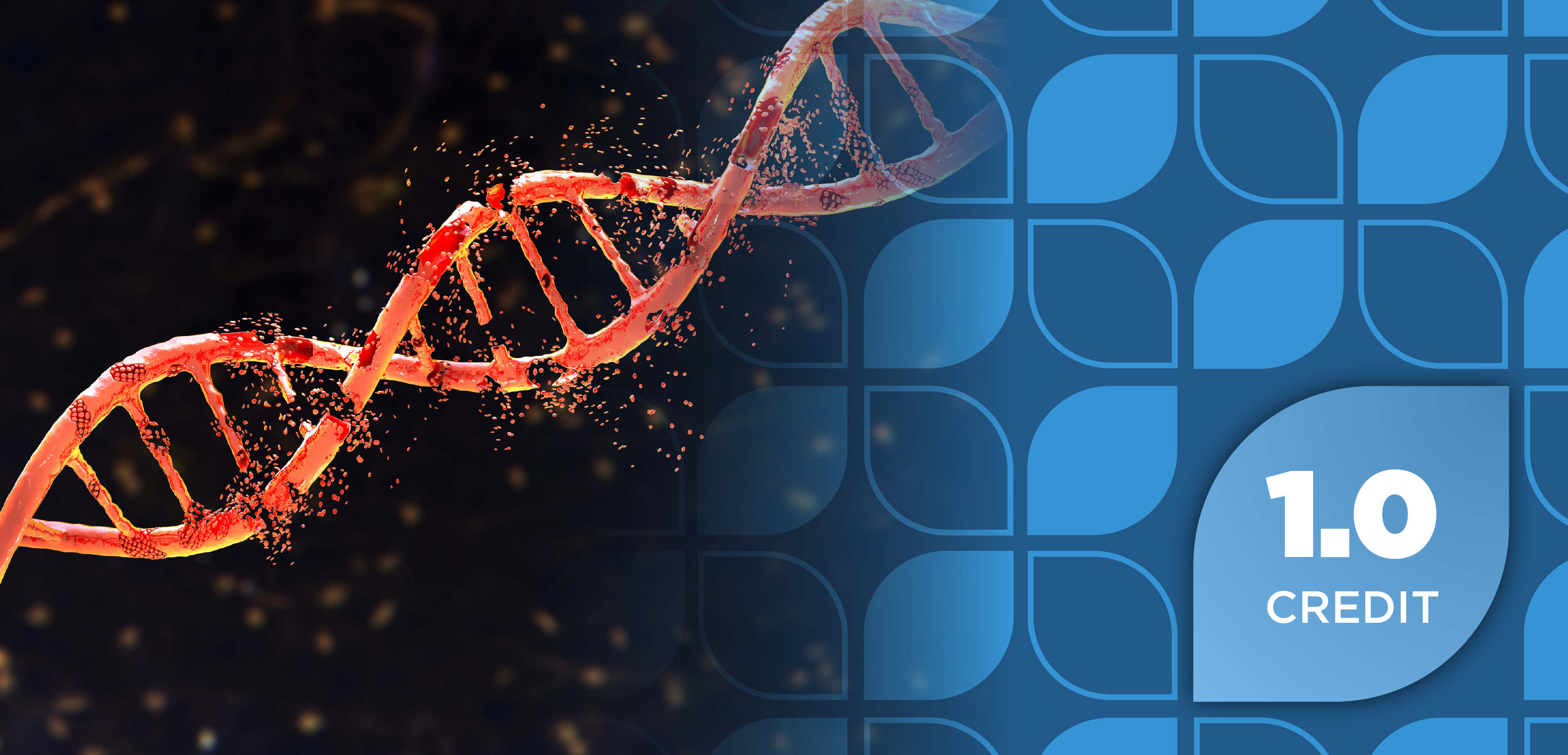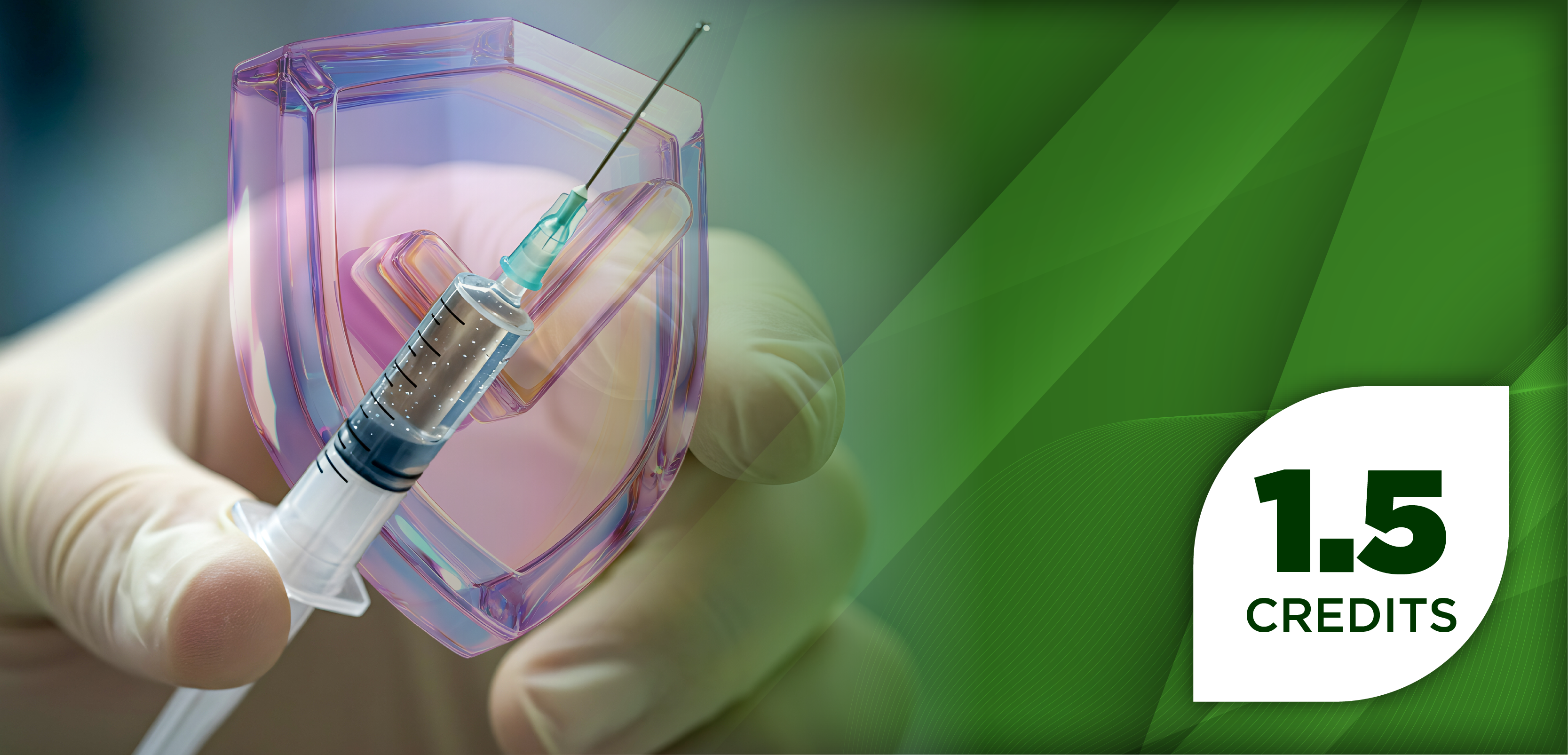
Optimizing Isotretinoin Therapy: Conventional Regimens and New Approaches
Key Takeaways
- Isotretinoin targets all 4 pathogenic mechanisms of acne, offering long-term remission for severe cases but with notable adverse effects.
- Recent studies challenge high-dose isotretinoin regimens, showing no reduced relapse risk but increased adverse reactions compared to lower doses.
Explore innovative isotretinoin strategies for acne vulgaris, balancing efficacy and tolerability to enhance patient outcomes and long-term remission.
Acne vulgaris is one of the most common dermatologic conditions, affecting about 1 in 10 individuals worldwide and averaging 117 million new cases each year.1,2 Beyond the physical symptoms, acne can have a large impact on self-confidence and mental health. Globally, acne accounts for nearly 5 million disability-adjusted life years, reflecting its impact as a chronic disease with extensive consequences for patients’ health and quality of life.1
Severity is typically described as mild, moderate, or severe, although no universal grading system exists. In the US, the 5-point Investigator’s Global Assessment is the most commonly applied framework and is useful in applying the American Academy of Dermatology (AAD) treatment recommendations. Acne management guidelines from the AAD outline nonpharmacological options (physical procedures and/or lifestyle modifications) and pharmacological options. Table 1 summarizes commonly recommended therapies by severity. This review will focus specifically on isotretinoin.
Isotretinoin, a potent oral retinoid derived from vitamin A, remains the only therapy capable of inducing long-term remission in severe or treatment-resistant acne. Its efficacy stems from targeting all 4 pathogenic mechanisms of acne by reducing sebaceous gland size and sebum production, normalizing keratinization, decreasing Cutibacterium acnes colonization, and decreasing inflammation. Following its FDA approval in 1982, clinicians favored rigid high-dose cumulative regimens.3 Today, practice has shifted toward more standardized dosing strategies, supported by substantial amounts of evidence around how different isotretinoin dosing strategies can aim to balance efficacy, tolerability, adverse effect profile, relapse rate, and financial burden.
The most recent peer-reviewed cost analysis, published in 2021, estimated a full course of isotretinoin therapy costs around $3000 on average, excluding variables like formulation, laboratory testing, and follow-up visits.4
Isotretinoin is reserved as a last-line therapy due to its well-recognized adverse effect profile. Mucocutaneous dryness, cheilitis, and xerosis are nearly universally expected adverse effects from isotretinoin therapy, and laboratory monitoring is required to detect potential hyperlipidemia.5 More serious adverse reactions that are clinically significant include mood changes, inflammatory bowel disease, and teratogenicity. This necessitates enrollment in the iPLEDGE REMS program from the patient, provider, and pharmacist standpoints. Collectively, these adverse effects and access barriers drive patients to treatment discontinuation and lead to treatment failure.
Understanding the evolving landscape of isotretinoin dosing is vital for pharmacists, so they can properly counsel patients on realistic outcomes and expected adverse effects, and support individualized therapy to align with the patient’s personal treatment goals. Ultimately, the critical question becomes: how can we remove barriers so patients can complete isotretinoin therapy safely and achieve long-term remission?
Data adapted from the AAD Guidelines.6
Abbreviations: AAD, American Academy of Dermatology; PO, oral.
Discussion
To better understand isotretinoin therapy beyond traditional dosing strategies, recent literature has examined relapse patterns following conventional cumulative dosing, as well as the outcomes of alternative low-dose regimens.
A large retrospective cohort analysis by Lai and Barbieri et al in 2025 evaluated around 20,000 patients (mean age ~20.6 years; 52.8% female) with acne vulgaris who had completed isotretinoin therapy. This study showed relapse remains common, as up to 23% of patients relapse even after achieving the guideline-recommended targets (120-220 mg/kg), with a median relapse time of 8 months. Among the patients who experienced relapse, most were treated with topical or oral antibiotics. However, ~ 8% of the overall cohort ultimately required another course of isotretinoin. Patients who received a cumulative dose above 220 mg/kg did not have reduced risk of relapse, but did experience increased adverse reactions.7 These study findings challenge the assumption of “more is better” and emphasize the limits of conventional dosing strategies, particularly for patients who require repeat courses, which increases cumulative cost and patient burden.
Complementing the above study, this 2022 systematic review by Al Muqarrab and Almohssen et al includes 25 studies involving around 1000 patients with acne vulgaris, predominantly adults and adolescents. Across these trials, the studies evaluated low-dose isotretinoin regimens (≤0.5 mg/kg/d (mostly 0.1-0.3 mg/kg/d) or fixed dose (20 mg/d) with conventional higher-dose regimens in adults with mild to moderate acne vulgaris. The follow-up ranged from 3 months to 2 years.8 Their study highlighted both low-dose regimens or fixed dose can be clinically meaningful with fewer adverse effects, leading to higher adherence and quality of life. However, higher relapse rates were observed compared with conventional dosing regimens, illustrating the trade-off between tolerability and long-term remission.
Looking at the results of both studies, these patterns suggest that isotretinoin therapy needs a delicate balance between long-term remission and tolerability. Collectively, the challenge should not fixate on identifying a single ‘optimal’ dose of isotretinoin, but rather address the barriers that prevent patients from completing a successful round of therapy.
Conclusion
Ultimately, the pharmacist’s role in isotretinoin therapy extends beyond dispensing of the medication. Evidence shows that conventional cumulative dosing has the strongest protection against relapse prevention in high-risk patients or severe acne cases, whereas continuous low-dose regimens improve tolerability but have a higher risk of relapse. Together, these study findings emphasize the need for individualized therapy depending on each patient’s clinical presentation, relapse risk, and treatment preferences. By helping patients navigate iPLEDGE requirements, anticipate adverse effects, and adhere to therapy, pharmacists play a pivotal role in ensuring patients achieve durable remission, reducing relapse risk, and improving both dermatologic and psychosocial outcomes.
REFERENCES
1. Murray CJ, Vos T, Lozano R, et al. Disability-adjusted life years (DALYs) for 291 diseases and injuries in 21 regions, 1990-2010: a systematic analysis for the Global Burden of Disease Study 2010. Lancet. 2012;380(9859):2197-2223. doi:10.1016/S0140-6736(12)61689-4
2. Global Burden of Disease Study 2019 (GBD 2019) results. Institute for Health Metrics and Evaluation. Accessed September 6, 2025. http://ghdx.healthdata.org/gbd-results-tool
3. Paichitrojjana A, Paichitrojjana A. Oral isotretinoin and its uses in dermatology: a review. Drug Des Devel Ther. 2023;17:2573-2591. doi:10.2147/DDDT.S427530
4. Shah N, Byrne M, Kirkorian AY. Exploring the costs associated with isotretinoin treatment. Pediatr Dermatol. 2021;38(5):1396-1399. doi:10.1111/pde.14785
5. IBM Micromedex. Isotretinoin. IBM Micromedex DRUGDEX System. IBM Watson Health. Accessed July 30, 2025. https://www.micromedexsolutions.com
6. Reynolds RV, Yeung H, Cheng CE, et al. Guidelines of care for the management of acne vulgaris. J Am Acad Dermatol. 2024;90(5):1006.e1-1006.e30. doi:10.1016/j.jaad.2023.12.017
7. Lai J, Barbieri JS. Acne relapse and isotretinoin retrial in patients with acne. JAMA Dermatol. 2025;161(4):367-374. doi:10.1001/jamadermatol.2024.5416
8. Al Muqarrab F, Almohssen A. Low-dose oral isotretinoin for the treatment of adult patients with mild-to-moderate acne vulgaris: systematic review and meta-analysis. Dermatol Ther. 2022;35(4):e15311. doi:10.1111/dth.15311
Newsletter
Stay informed on drug updates, treatment guidelines, and pharmacy practice trends—subscribe to Pharmacy Times for weekly clinical insights.








































































































































